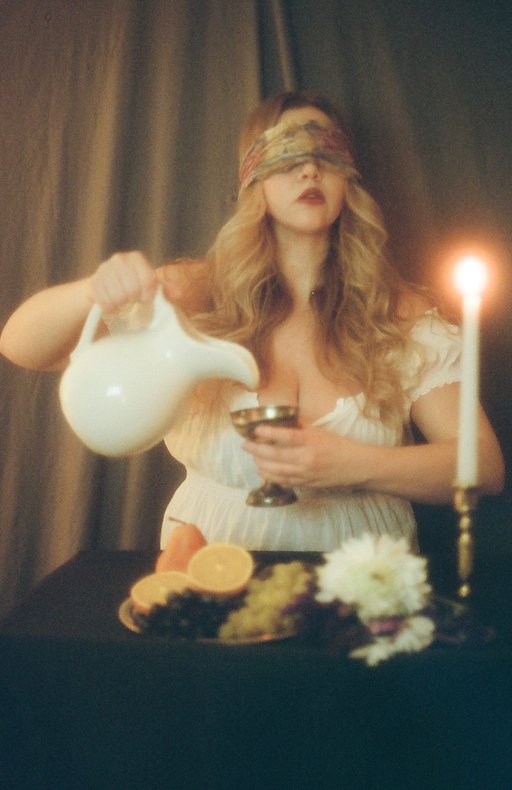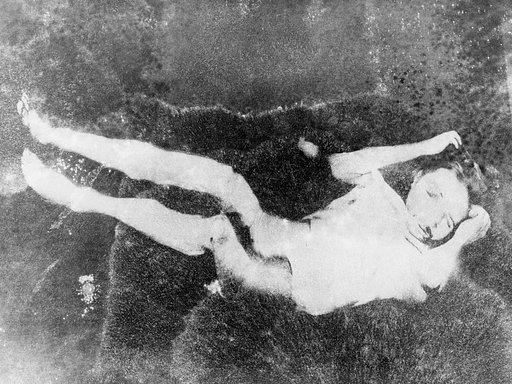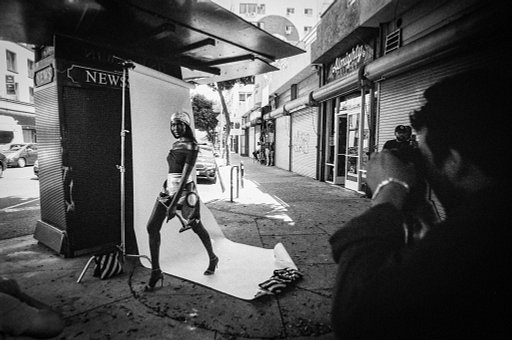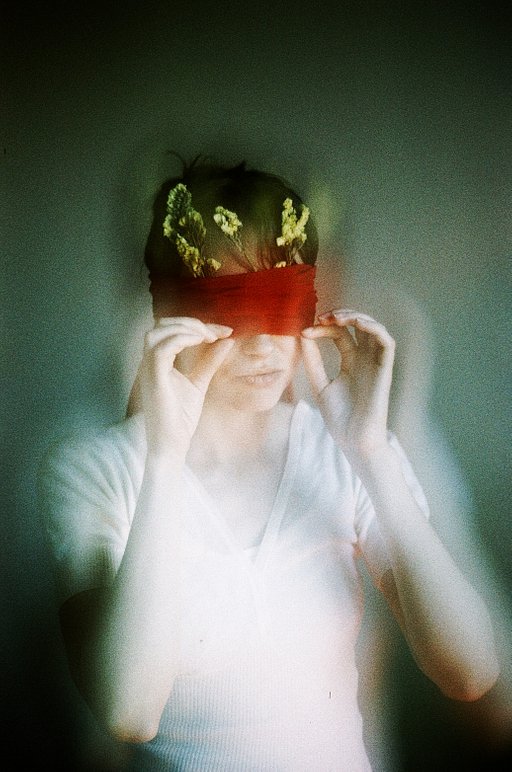Working with Light: A Chlorophyll Print Process by Almudena Romero
1 12 Share TweetThe idea that you can expose an image onto a leaf without using any chemicals or dyes may come as a surprise to some photographers. However, nature is a clever little beast, and, in this article, artist Almudena Romero explains to us the process of creating imagery from light and the chlorophyll from plant leaves.
Hello Almudena, please tell us a bit about yourself?
I am a visual artist using a wide range of photographic processes to make work reflecting on issues relating to identity, representation and ideology. My practice focuses on how perception affects existence and how photography contributes to organising perception. I analyse these questions from different perspectives through my work. My series, Growing Concerns uses plants from former British colonies as a canvas to host images that reflect on the links between plant trade, colonialism and migration, while The Pigment Change uses photographic processes naturally occurring in plants and organic matter, such as photoperiodicity, photobleaching, photosynthesis to create fragile and ephemeral artwork. As my plant photographs grow, develop, fossilize or disappear, I explore questions on motherhood, production, sustainability, and photography.
Why do you choose analogue photography in your work, what's the appeal?
I am interested in photography as a process not as an output. The process of writing with light (photo graphos) allows me to explore this medium in a much broader manner than purely using photography as a document or a result.
I think of photography's relationship to performance (in my work Performing Identities), video (Faire Une Photographie), installation (The Act of Producing) and other art forms. This process of writing with light happens on many surfaces, sometimes in plant leaves.
You're sharing with us your chlorophyll prints, firstly what is this and how is it achieved?
A chlorophyll print is an image directly recorded on a plant leaf without using any chemistry or ink on the leaf. The leaf is the photographic paper. To make a chlorophyll print, we need to expose the leaf to a lot of sunlight so it changes some of its pigments from green to yellow. Most leaves have a variety of pigments that can absorb and release energy from a wide range of wavelengths. These are the chlorophyll, carotenoid and anthocyanin pigments. Chlorophyll pigments, the green ones, absorb UV and visible light and reflect back green light. These are the main pigments active in photosynthesis. However, they do not help to release any energy, so if the plant receives too much sunlight, carotenoid (yellow /orange) pigments intervene. Carotenoids are present on plant leaves, but we often don't see them as much because chlorophyll pigments are more abundant, therefore masking any other tone. Carotenoids play a crucial role when there is too much UV available.
When we leave a plant or a leaf in full sunlight it receives a huge amount of energy. It can damage the photosynthetic machinery. Carotenoid pigments can dissipate any excess heat. To keep a healthy UV diet and preserve the photosynthetic mechanism, the leaf changes its pigments and gets rid of the excess energy. Chlorophyll printing is based on forcing this pigment change. It is not about drying leaves or plants, which would result in brown, curly, and very fragile leaves instead of any print.
To make a print one can simply place an object on the top of a leaf, such as house keys, and let the leaf with the object on top receive full sunlight. The silhouette of the object will be recorded on the leaf, like a basic photogram. This needs to occur before the leaf dries because once it dries the full leaf will become brown regardless of any light action. If you want to make something a bit more elaborate than basic photograms then you can start printing images on see-through papers to place on top of the leaf. I made this video as a quick guide to the process history, dynamics, steps and tips.
What's the inspiration behind this project?
I started to work on Growing Concerns out of a need to develop a more sustainable practice. The wet collodion process and other historic processes I have extensively used in my practice produce unique images but require very specific chemicals whose use will eventually become more and more restricted. I wanted to explore other photographic surfaces that respond better to the needs we have today such as to live and produce in sustainable manners.
Any tips for people wanting to try out the chlorophyll print process?
The video gives several good tips, but I would say that if you want to enjoy the practice of these processes, then you need to embrace them fully. That means working with nature, not against it. The outcome is ephemeral, the process takes its own tempo, sometimes it works, sometimes it doesn't. When it does work, it's all simply an eye-opening moment that will get you hooked. Talking from experience.
Anything exciting coming up in 2022 that we should know about?
I'll be at PhotoLondon in May showing my work with Fisheye Gallery. In 2022 I also have projects coming up in France, Hungary, Czech Republic, Belgium and the US. Updates can be followed on my Instagram page.
To find out more about this process visit Almudena's website and join one of her workshops.
2022-02-24 #people #tutorials #videos #leaves #plants #light-painting #uv-light #exposing #chlorophyll-print






























One Comment